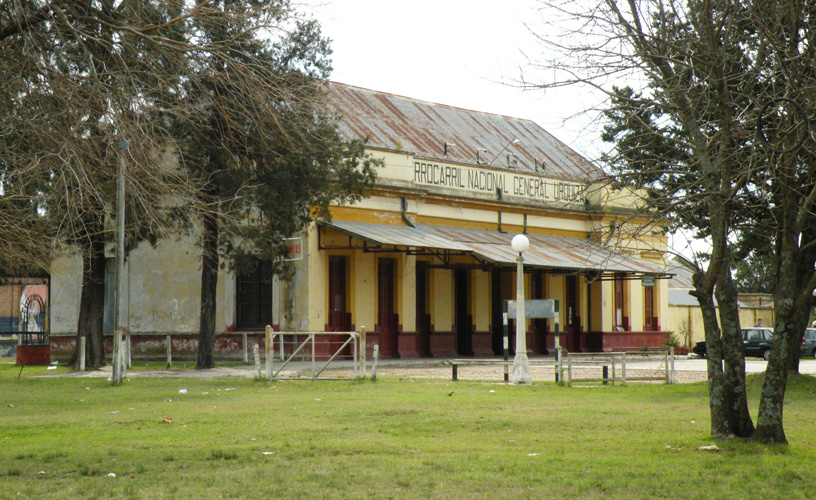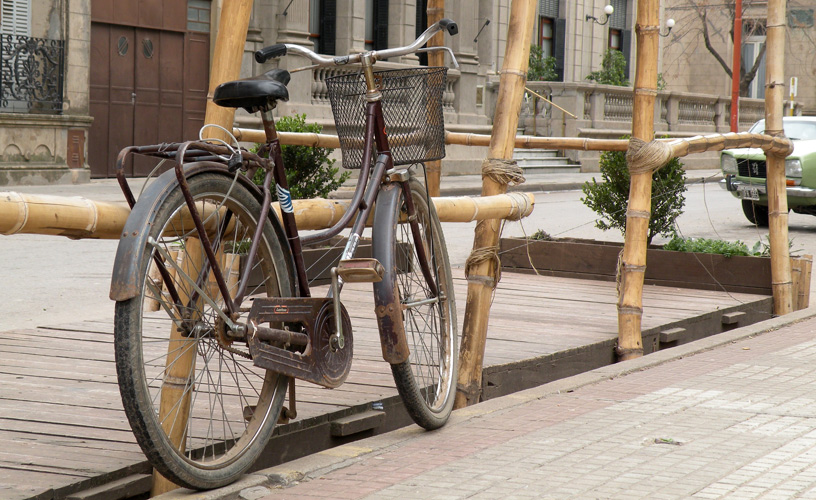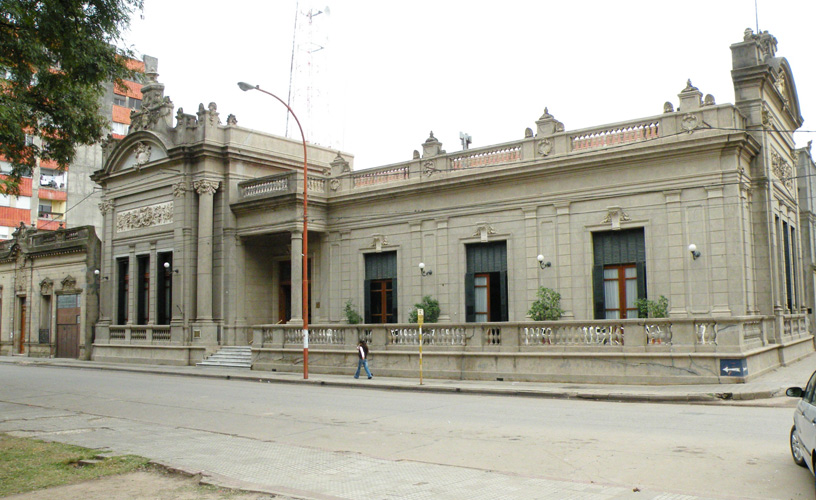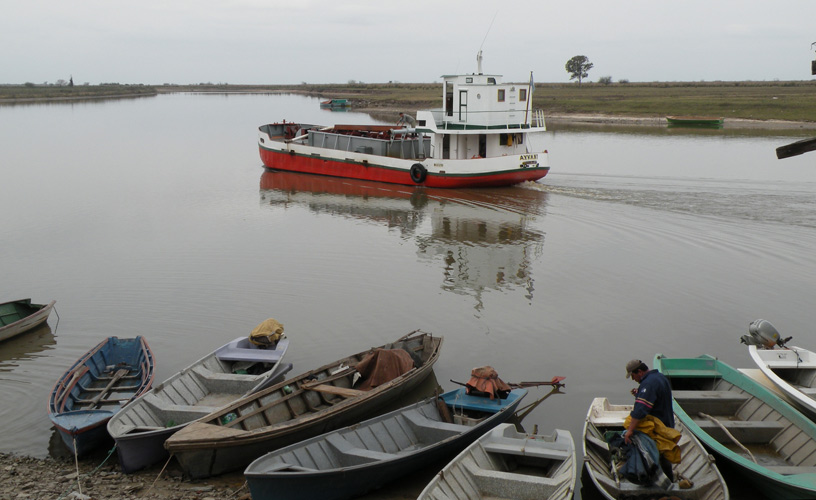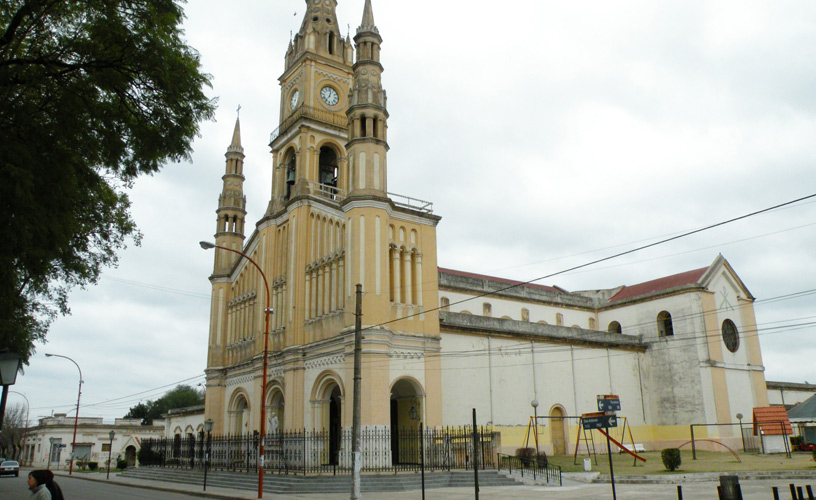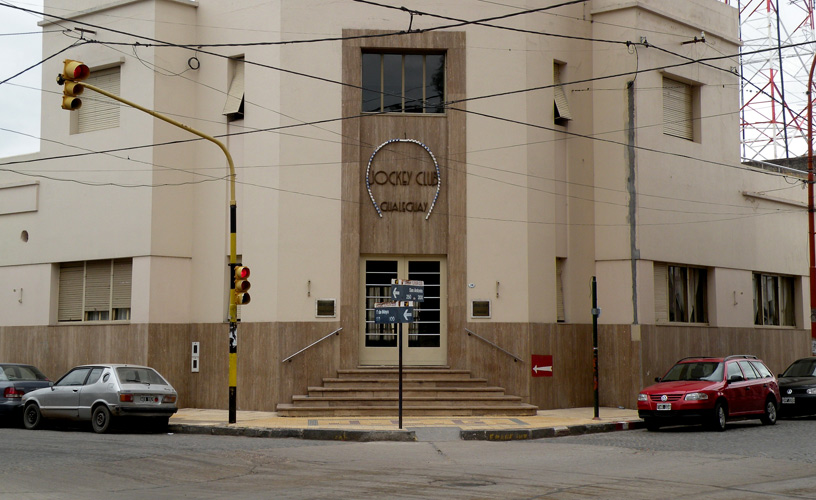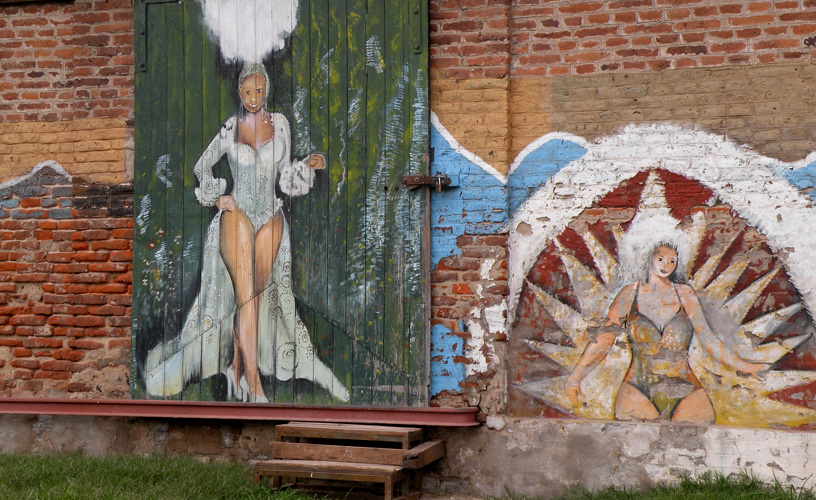With its colorful, crowded carnival festivals and its numerous tourist activities around the river, the City of Gualeguay, increasingly visited by travelers, still preserves the typical peaceful aura of a provincial town.
Our tour in Gualeguay started at Constitución Square, located among San Antonio, Morán, Caseros and 1º de Mayo Streets. This park covers four blocks of well-groomed gardens and is considered the cradle of the city.
We crossed the street and headed for San Antonio Church, an elegant construction defined by its Italian Neoclassical style opened in 1882. Its Latin-cross shaped interior features columns of Doric art, magnificent frescoes and a Carrara marble and onyx high altar.
The Confederation Weapons
As we walked along the same San Antonio Street, seven blocks from the church, we arrived at an impressive grand house with a picturesque façade, now housing the “Juan B. Ambrosetti” Regional Historic Museum, named after the famous archaeologist born in this city.
Inside, a collection of weapons from the Confederation period, portraits and bright red seals owned by General Urquiza and other objects of provincial and national historic value are on display.
Leaving the museum, we drove until we reached the railway station. There, we could see “La Solís”, an old locomotive preserved in a shrine, which was a silent witness of bonanza times.
We came back to the vehicle and ten blocks ahead, next to the Gualeguay River, which crosses the city and divides the Province of Entre Ríos into two regions, we arrived at the great shady lush vegetation of Major Quintana Park. This 12-hectare piece of land full of trees, playgrounds and an amphitheater is the favorite spot for people from Gualeguay to spend a day in spring and summer time.
The City Named after a River
Shaped by the axe blows from the original dwellers that cleared the riverbank rainforests and settled down their houses near the sublime river, the Gualeguay riverside is the favorite entertainment and recreational destination. Bathing resorts abound near the city and in general they have clean and sandy beaches.
One of the main privately owned beach resorts is “Arenas”, which features a bar, cafeteria, swimming pool, bungalows and space to practice leisure activities such as soccer, volleyball and tennis. Other pleasant beach resorts are “Alonso”, offering all the services, and “La Balsa”, which is a very quiet resort far away from the downtown area, an ideal site to have a rest in contact with nature.
After driving 9 kilometers along the Provincial Route Nº 136, we reached Ruiz Port, which still keeps its piers and storehouses and, in addition, it was one of the main ports within the Province of Entre Ríos. This is a strategic spot for fishing enthusiasts.
A bait seller told us that people can get on board at this site and sail to the mouth of the Gualeguay River, where this river meets the Paraná Pavón and, according to our friend, anyone can catch “formidable dorados”.
Once back and in love with this natural and peaceful place, we hoped to return and enjoy carnival festivals in summer, when the gentleness of its people is felt and colorful and happy streets may be enjoyed within a festive atmosphere.
Pablo Etchevers
Jorge González
